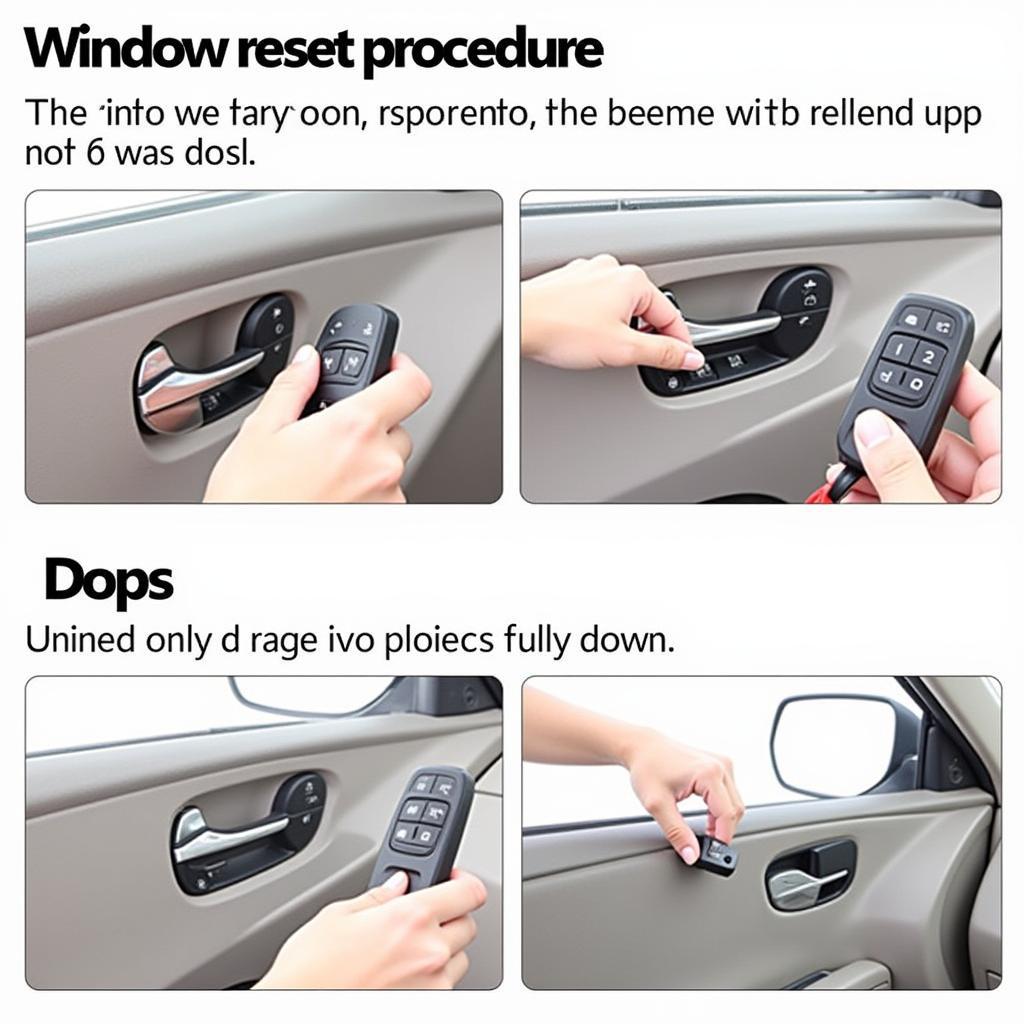Imagine this: you’re cruising along, enjoying the ride in your trusty Seat, when suddenly, a light pops up on your dashboard. Is it a cause for panic or just a gentle reminder? Understanding your Seat warning lights is crucial, not just for passing your driving test, but for the safety and longevity of your vehicle. This article delves into the world of Seat warning lights, deciphering their meanings and advising you on the necessary actions.
Decoding the Dashboard: Common Seat Warning Lights
Your Seat dashboard is like a car whisperer, using various warning lights to communicate its status. While some merely signal a need for attention, others scream “pull over immediately!” Here’s a breakdown of common Seat warning lights and what they signify:
Engine Warning Light:
This usually appears as a yellow outline of an engine.
- What it means: A general indication of an engine problem, which could range from minor sensor issues to serious malfunctions.
- What to do: Don’t ignore it! It’s crucial to get your vehicle diagnosed by a mechanic as soon as possible.
Oil Pressure Warning Light:
An oil can with a droplet, often red.
- What it means: Low oil pressure, which could lead to catastrophic engine damage if ignored.
- What to do: Stop driving immediately! Check your oil level and consult a mechanic.
Brake System Warning Light:
An exclamation mark within a circle, often red.
- What it means: A problem with your braking system, potentially low brake fluid or worn brake pads.
- What to do: Drive cautiously to a safe location and have your brakes checked immediately.
Battery Charge Warning Light:
A red battery symbol.
- What it means: The battery isn’t charging properly, often due to a faulty alternator, loose connection, or dying battery.
- What to do: Get your battery and charging system checked by a mechanic.
Coolant Warning Light:
A red thermometer in a wavy liquid.
- What it means: Your engine is overheating, potentially due to low coolant or a problem with the cooling system.
- What to do: Pull over immediately and turn off your engine to prevent serious damage. Check your coolant level and consult a mechanic.
Tire Pressure Monitoring System (TPMS) Warning Light:
An exclamation mark within a horseshoe-shaped symbol.
- What it means: At least one tire has low air pressure.
- What to do: Check your tire pressure and inflate to the recommended level.
Seat Warning Lights: Beyond the Basics
Apart from these common ones, Seat vehicles are equipped with a range of other warning lights. Understanding what they mean can save you time, money, and potential headaches down the road. Remember, a quick look at your owner’s manual can provide specific information on your particular model.
What to Do When a Warning Light Comes On
Noticing a warning light on your dashboard can be unnerving. However, understanding its meaning and reacting appropriately is key. Here’s a general approach:
- Consult your owner’s manual: It contains a comprehensive list of warning lights specific to your Seat model.
- Assess the severity: Determine if the warning requires immediate action (stopping your vehicle) or if it can wait for a mechanic visit.
- Don’t ignore it: Even seemingly minor issues can escalate into major problems if left unchecked.
- Seek professional help: A qualified mechanic can diagnose and address the root cause of the warning light.
Expert Insights
“Many drivers underestimate the importance of understanding their car’s warning lights,” says John Miller, a senior automotive technician with over 20 years of experience. “Ignoring them can lead to expensive repairs and even dangerous situations on the road.”
He further emphasizes, “Regular vehicle maintenance plays a crucial role in preventing many of these warning lights from appearing in the first place.”
Embracing Technology: Remote Diagnostics for Seat Vehicles
In today’s technologically advanced world, you can go beyond simply reacting to warning lights. Remote diagnostics, offered by companies like Cardiagtech, allow for proactive vehicle monitoring and early problem detection.
seat leon warning lights explained can pinpoint potential issues before they escalate into major headaches.
FAQs: Your Seat Warning Light Questions Answered
Q: Can I continue driving with a warning light on?
A: It depends on the light. Some lights require immediate action, while others allow for cautious driving to a mechanic. Always consult your owner’s manual for specific guidance.
Q: What should I do if multiple warning lights come on simultaneously?
A: Pull over to a safe location as soon as possible and turn off your engine. Contact a qualified mechanic for assistance.
Q: Can extreme temperatures affect warning lights?
A: Yes, extreme temperatures can sometimes cause temporary glitches in sensor readings. However, it’s always best to err on the side of caution and have any warning lights checked.
Q: Do I need to go to a Seat dealership to address warning lights?
A: While dealerships specialize in your car brand, any reputable mechanic specializing in European vehicles can effectively diagnose and repair issues indicated by warning lights.
Conclusion
Understanding your seat warning lights and what they mean is not just about being car savvy; it’s about ensuring your safety and the well-being of your Seat. By recognizing the warnings your car provides and taking appropriate action, you contribute to a smoother, safer, and more enjoyable driving experience. Remember, a little knowledge about your Seat’s dashboard can go a long way!



